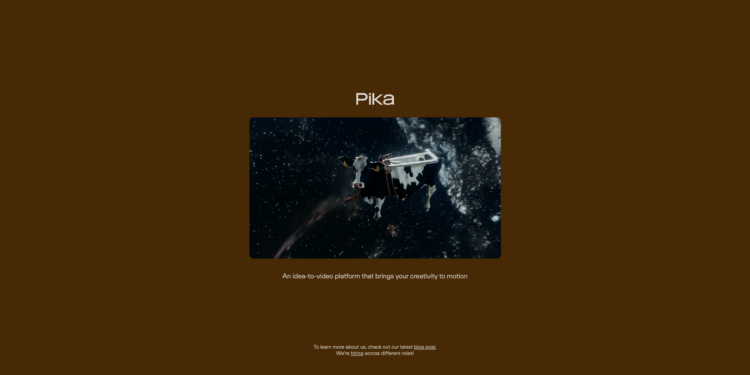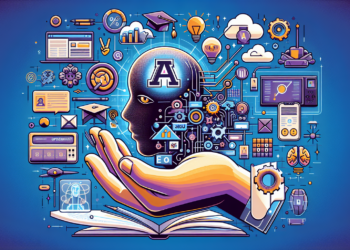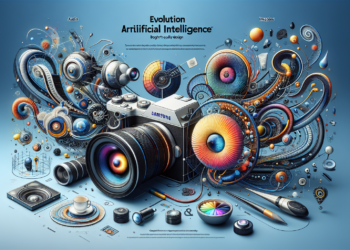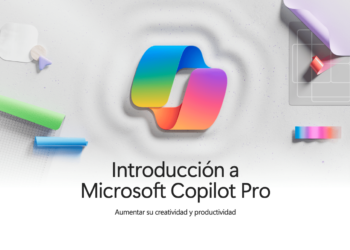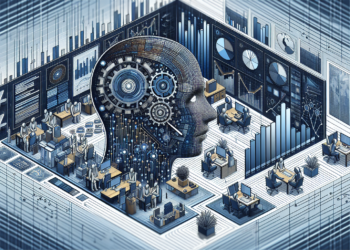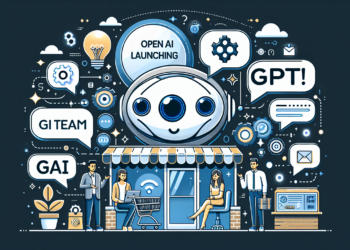At the intersection of content generation technology and deep understanding of human language lies Pika, an emerging tool that is revolutionizing the field of automated video generation. This cutting-edge artificial intelligence (AI) system not only supersedes the existing barriers in the synthesis of visual and auditory content but also introduces new paradigms in the creation of multimedia narratives.
Fundamental Innovations in Pika’s Architecture
Pika’s neural structure is rooted in a model of deep attention transformers, drawing inspiration from GPT-3 and Bert architectures, but extending its functionality to interpret and generate audiovisual content. Pika incorporates a generative adversarial network (GAN) that allows for realistic image and video synthesis, learning from a vast corpus of multimedia content. Unlike its predecessors, Pika understands temporal context, enabling it to not just produce coherent still images but also sequences with astonishing narrative fluidity and consistency.
Advances in the Understanding and Synthesis of Natural Language
What sets Pika apart is its ability to comprehend complex scripts and convert them into compelling visualizations, managing multiple characters, settings, and emotions. The key is a refined linguistic component capable of processing and generating natural language with advanced semantic and pragmatic understanding. This linguistic module has been trained with a dataset that encompasses not only text but also metadata corresponding to visual and auditory aspects, allowing it to associate actions and descriptions with concrete visual representations.
Technical Innovations in Visual and Auditory Synthesis
Visually, Pika employs super-resolution techniques to enhance the sharpness of the generated images, utilizing deep learning to infer high-fidelity details even in conditions of limited data. Auditively, it features a vocal synthesis system that not only mimics intonation and timbre but also the emotional nuances of human speech, all thanks to its recurrent neural network with an architecture optimized for the understanding of emotions.
Practical Applications and Emerging Use Cases
Pika’s versatility allows its application in a multitude of sectors. In entertainment, it streamlines the creation of animations and videos, significantly reducing production costs and times. In education, it can generate personalized visual content to improve the understanding and retention of complex concepts. Moreover, in the field of simulation and training, it offers the possibility of creating hyperrealistic augmented reality scenarios for training in sectors such as medicine and emergency response.
Ethical Challenges and Responsibility
A crucial aspect in the implementation and development of Pika is ethical consideration. The realism with which it can fabricate video sequences raises concerns about its potential use in creating deepfakes. Pika incorporates ethical safeguards into its architecture, including invisible digital fingerprints in its creations to ensure traceability and veracity.
Comparison with Precedents and Previous Works in the Area
When comparing Pika with pre-existing tools such as Deepfake or This Person Does Not Exist, a significant evolution is noted. Pika goes beyond merely manipulating faces or generating static images, providing an integrated suite for the realization of coherent and contextually rich video sequences. Its multidimensional approach to content understanding and multimedia synthesis surpasses previous systems that focus on one-dimensional tasks.
Future Projections and Potential Innovations
Looking to the future, Pika may pave the way for developments where AI facilitates even further co-creation with humans, learning from real-time feedback to adjust and refine generated content. Another horizon is the enhancement of emotional synthesis technology to achieve representations even more faithful to human expressions.
In terms of technical innovation, integration of Pika with emerging technologies such as extended reality (XR) is anticipated, enhancing immersive experiences with real-time content generation tailored to user behaviors and preferences.
Conclusion
Pika represents a leap forward in AI-mediated multimedia content generation, addressing technical challenges with innovative solutions and positioning itself as a pioneer in the creation of realistic and autonomous audiovisual experiences. Its ongoing development promises not only to transform entire industries but also expand the boundaries of collaborative creativity between humans and machines.

